Watering plants might seem like a straightforward task: you take a watering can, fill it up, and pour it over your plants. Yet, many plant enthusiasts might be unaware that there’s a science and technique to watering that can drastically affect the health of your green companions. Like humans, plants have specific hydration needs, and getting it wrong can lead to a plethora of issues, from weak root systems to diseases. This article dives deep into the intricacies of watering and highlights common mistakes that could be depriving your plants of their full potential.
Contents
The Basics Of Plant Hydration
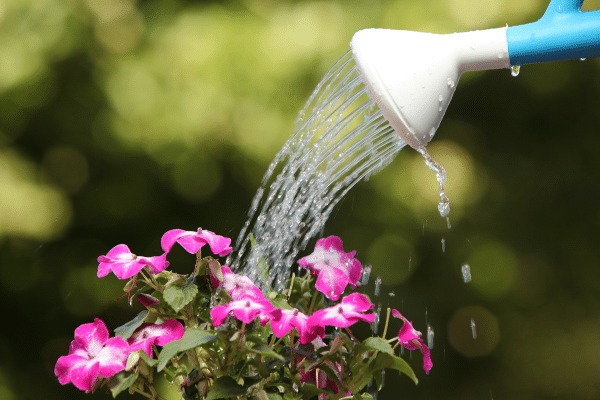
Plants, akin to all living organisms, depend on water for their survival. While the importance of hydration is universally known, understanding how plants actually utilize water can transform one’s approach to watering. Each drop serves various functions, from aiding in photosynthesis, transporting nutrients, to supporting cell structure. Simply put, water is the lifeblood of a plant.
Yet, it’s a fine line between adequate hydration and drowning your beloved greenery. Overwatering is one of the most common mistakes people make. It’s not just about the amount but the frequency. Continual saturation can cut off oxygen, lead to root rot, and provide a breeding ground for pests. Conversely, underwatering deprives plants of their necessary nutrients and can cause them to wilt, bear fewer flowers, or in extreme cases, die. The key lies in achieving the golden balance of hydration.
Choosing The Right Water
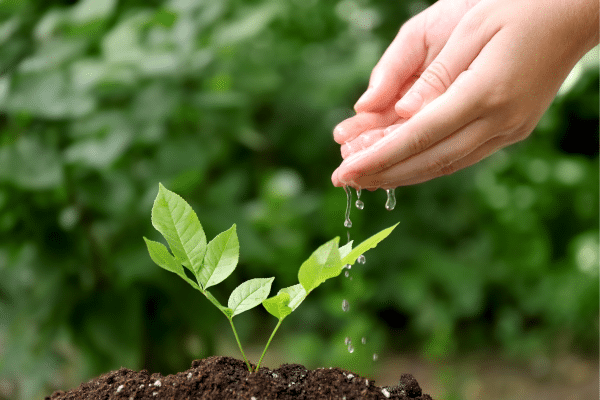
Believe it or not, not all water is created equal when it comes to plant care. Many households rely on tap water to quench the thirst of their plants. However, tap water often contains chlorine, fluorides, and other chemicals that, while safe for humans, might not be ideal for sensitive plants. Over time, these chemicals can accumulate in the soil, impacting its pH and harming beneficial microorganisms.
The natural alternative that many gardening experts recommend is filtered or rainwater. Collecting rainwater in barrels or using a good filtration system can ensure that plants receive pure, chemical-free hydration. This not only aids in the healthy growth of the plant but also ensures the soil remains uncontaminated and fertile. Remember, just as humans prefer pure, clean water, so do plants. Choosing the right source can make a significant difference in their overall health.
Watering At The Right Time
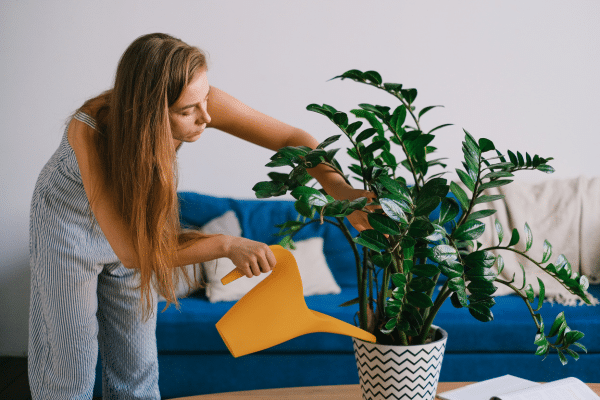
Many might think that the time of day when plants are watered is inconsequential. However, timing plays a pivotal role in how effectively plants utilize the water they receive. Watering during the hottest parts of the day can cause rapid evaporation, leading to minimal absorption by the roots. Moreover, sun rays can magnify through water droplets on leaves, potentially causing scorch marks or even burns.
Conversely, choosing to water during the early morning or late evening can optimize the plant’s hydration process. In the cooler temperatures of dawn, water has a better chance of penetrating deep into the soil, allowing roots to absorb it at their leisure. Evening watering, though sometimes contentious due to potential overnight fungus growth, does offer plants a chance to replenish their water reserves after a long day of photosynthesis.
Root Deep or Surface Level: Getting It Right
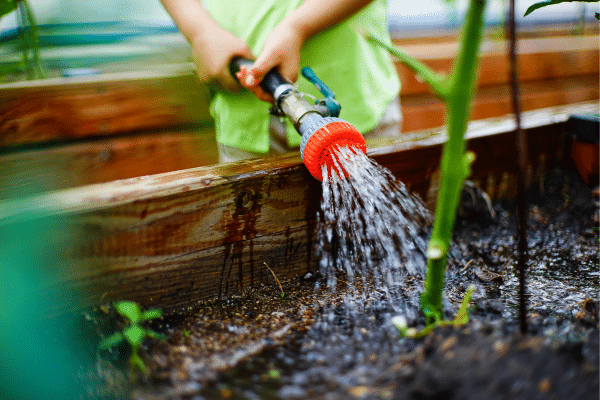
It’s a common sight: water sprinkled onto the surface of the soil, thinking it’s sufficient. However, this superficial method can lead to shallow root systems, making plants more vulnerable to environmental stressors. For plants to develop strong, deep roots, they need water to penetrate further into the soil, encouraging roots to grow downward in search of moisture.
But how does one ensure that water reaches these deeper soil layers? The method is simple: slow and steady watering. Instead of a quick pour, allow water to trickle down, ensuring it seeps beyond the surface. This approach not only benefits the plant’s immediate hydration needs but also ensures a reservoir of moisture in the deeper soil layers that the plant can draw upon in drier times.
Tools Matter: Picking the Right Watering Can Or System
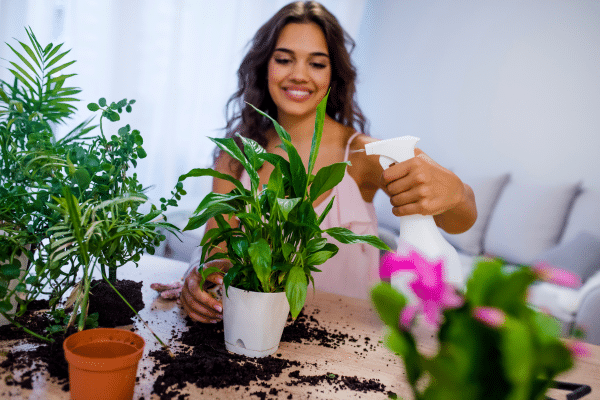
The tools chosen for watering can make a profound difference in how plants receive their hydration. Using a fine-mist spray bottle, for instance, might be great for providing humidity to tropical plants but is insufficient for hydrating the soil of larger potted plants. Similarly, a large watering can with a single spout might deliver too much water too quickly, leading to runoff and inadequate soil penetration.
For most indoor plants, a watering can with a rose attachment (a sprinkler-type spout) proves beneficial. It disperses water evenly, ensuring a gentle, rain-like shower that promotes deep soil penetration without causing erosion. For larger gardens or landscapes, investing in a drip irrigation system can provide consistent moisture directly to the roots, eliminating water waste and ensuring every plant gets its due hydration.
Soil Consistency And Its Role
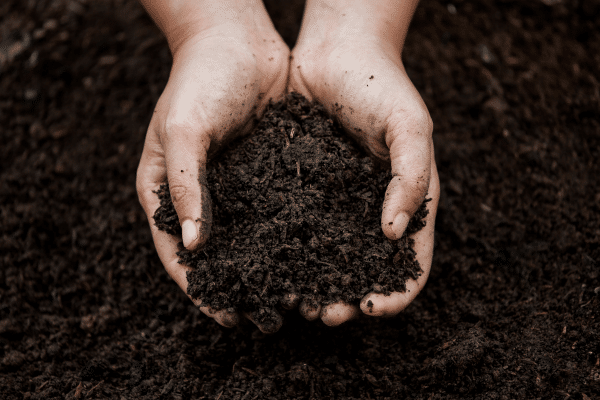
The type of soil plants are potted in profoundly affects their watering needs. Soil consistency determines how quickly water drains, and how long it’s retained. Sandy soils, for instance, have larger particles and drain water faster, meaning plants in such soils might need more frequent watering. On the other hand, clayey soils have smaller particles and can retain water for longer, which can lead to risks of overwatering.
Besides the basic soil types, there are specially formulated potting mixes available that cater to specific plants. For succulents and cacti, fast-draining mixes prevent water from lingering too long. For moisture-loving plants, a mix with peat moss or vermiculite ensures prolonged moisture retention. Being aware of the soil’s characteristics and adjusting watering routines accordingly can significantly improve plant health.
Recognizing Signs Of Improper Watering
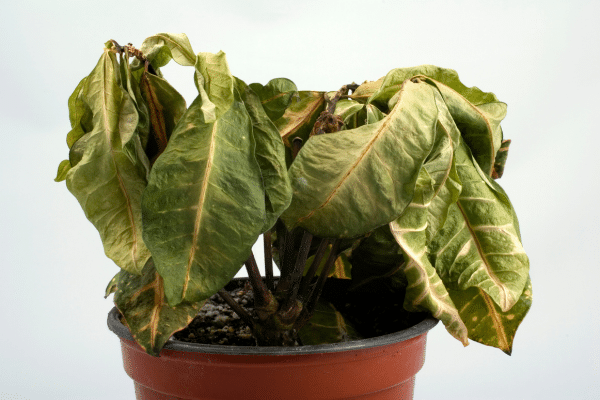
One of the best ways to gauge if plants are being watered correctly is by observing them. Plants communicate their needs, and they show signs when they’re either overwatered or underwatered. Overwatering often manifests in yellowing leaves, particularly at the base of the plant. The soil may also have a persistently damp smell, a breeding ground for mold and fungus.
On the other end, underwatered plants might exhibit dry, brown, crispy edges on their leaves. The soil will feel dry to touch even at deeper layers. Droopy leaves can be a sign of both over and under-watering, making it essential to check the soil’s moisture level before drawing conclusions. Adjusting watering practices at the first sign of these symptoms can prevent further damage and potential plant loss.
The Bottom Line
Understanding the nuances of watering goes beyond just quenching a plant’s thirst. It’s about providing an environment in which plants can thrive, grow, and showcase their full beauty. By considering factors like the quality of water, the timing, the tools, the soil, and keenly observing plants for signs of distress, anyone can master the art of watering. With patience and knowledge, the harmony between plants and their caregivers can lead to flourishing indoor jungles and gardens.



